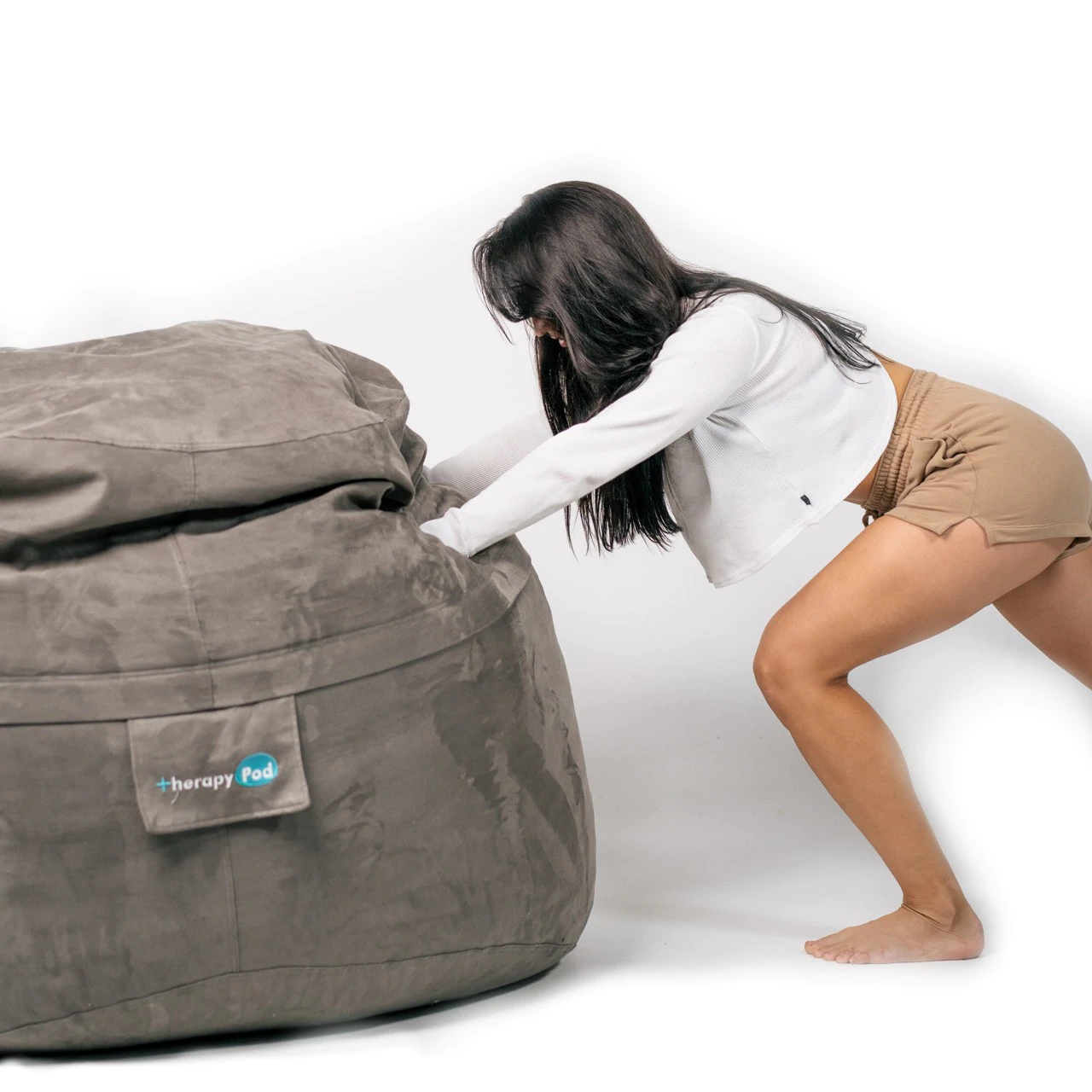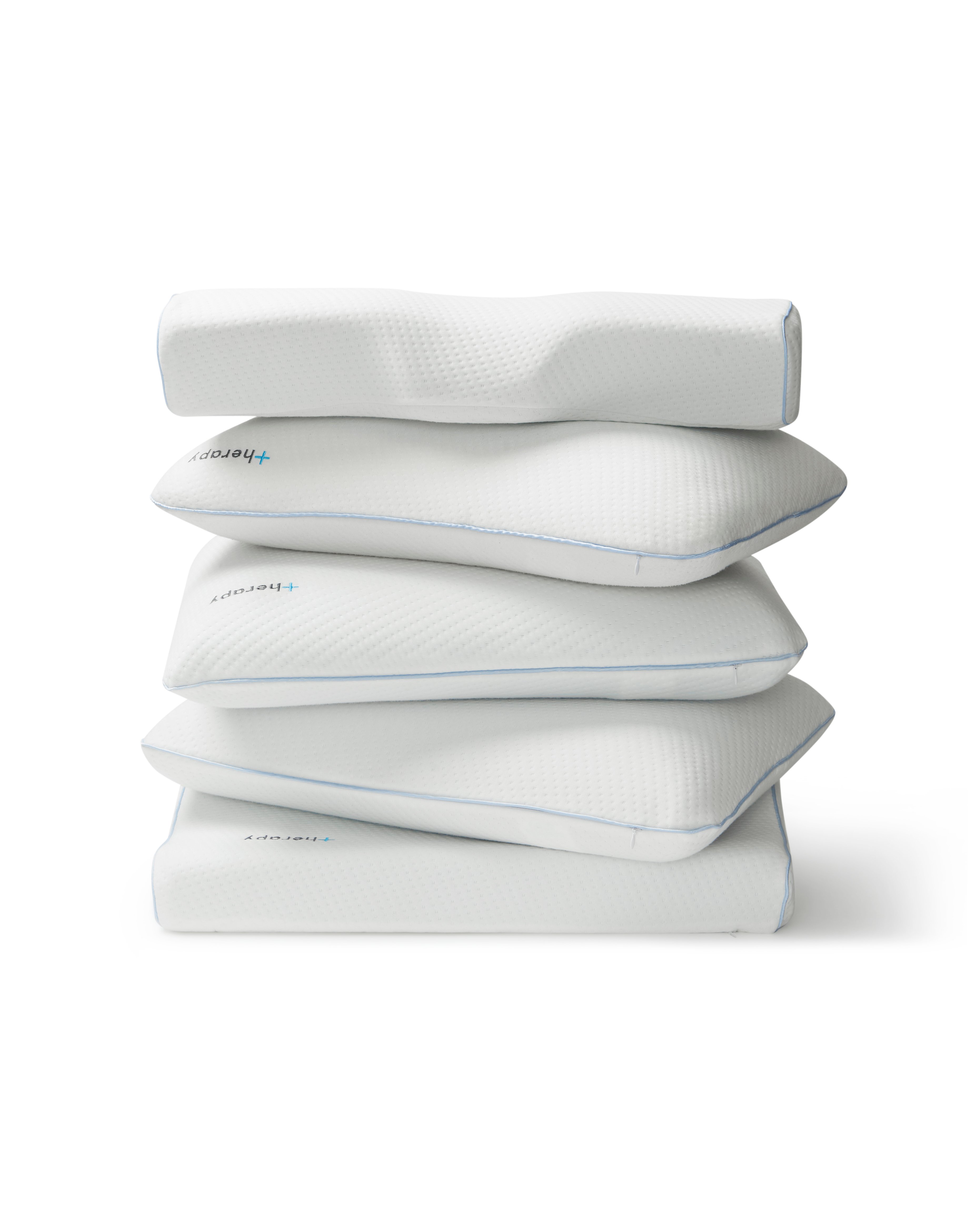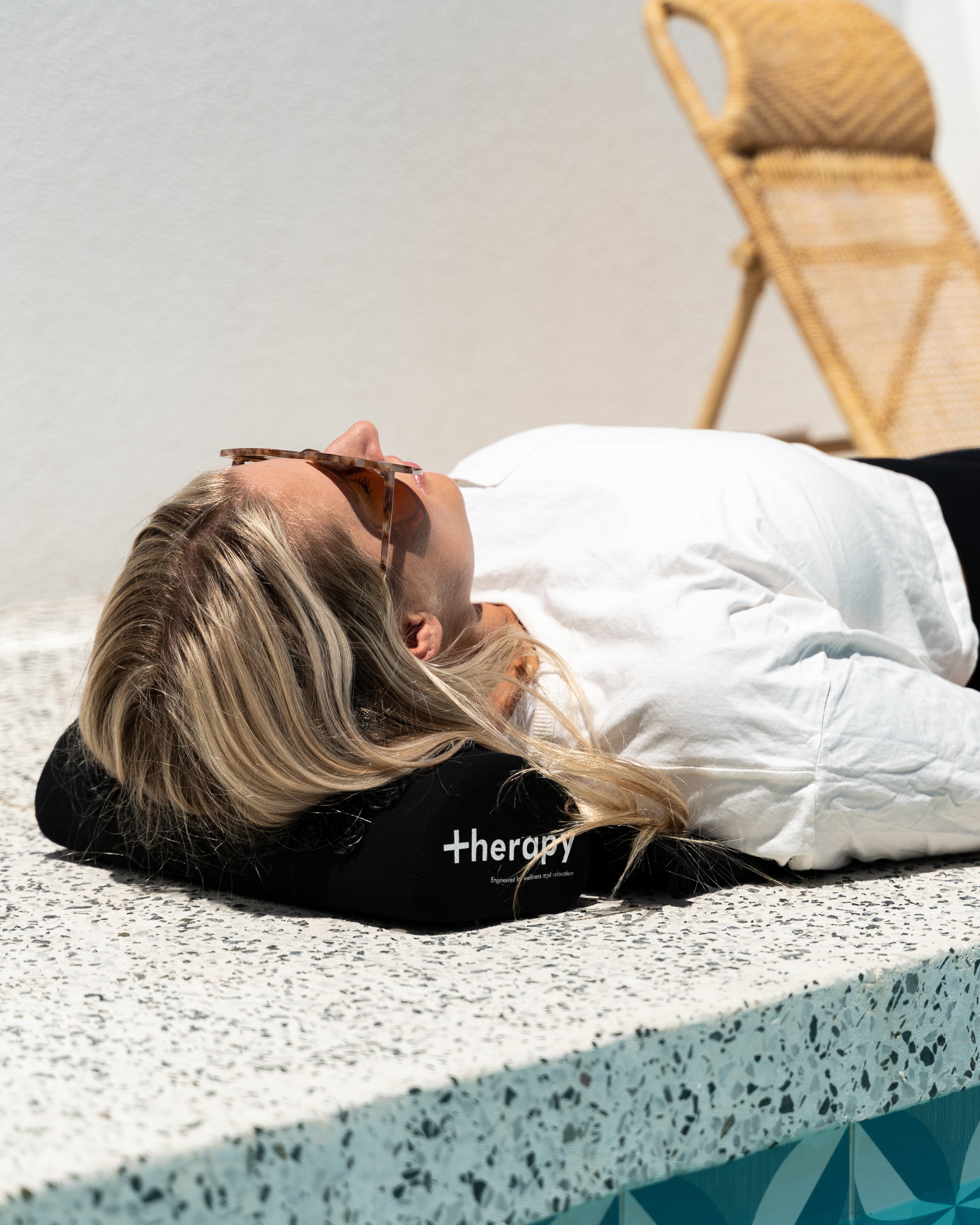
Children's learning and play centres across Australia are turning to weighted sensory blankets, like Therapy Blanket, for sensory play assisting with anxiety and autism. Here's why! As sensory blankets are more frequently recommended to help individuals with sensory processing needs, autism or anxiety, children's learning and play centres are also utilising the benefits of sensory blankets.
Essential for children, sensory play allows them to use their senses to better understand the world around them. It's crucial for brain development and it assists young brains in building new neural pathways, supporting cognitive growth. Generally speaking, sensory play allows children to better develop more complex tasks such as fine motor and gross motor skills, problem-solving, language development, social and emotional intelligence and enhanced memory.
Particularly with special needs children, who might experience overwhelm, anxiety or distress, Therapy Weighted Blankets can help ease a child into a sense of calm and safety. This is why kindergartens and early learning centres have been quick to utilise them in everyday sensory play.
Psychology teacher, mother of two and owner of Melbourne based, The Sensory Specialist, Sarah James says weighted therapy blankets are an ideal tool for autism as well as general sensory play.
Sarah's witnessed first-hand the significant role that sensory, therapy-based products play in childhood learning and development. For more than 10 years, she’s worked closely with government schools, educational teams, families and special needs children with hearing impairments, Autism (ASD), ADHD, OCD, anxiety and cerebral pals.
She says that pairing a blanket with other comforting items such as pillows, cushions, bean bags and sensory lighting, offers children “the opportunity to calm down their nervous system by minimising the impacts of external stimuli such as noise, people, bright lights and high energy activities. Children can learn to self-regulate their emotions and stay calm, regulated and feeling safe."
Weighted blankets provide a light therapeutic pressure called deep pressure therapy, providing a sensation similar to being held in a tight, comforting hug. This helps a child feel more grounded, relaxed and calm. Anecdotal reports suggest it also plays a large role in sleep problems such as insomnia. Children who use Therapy blankets often see improvements in sleep, including falling asleep quicker and staying asleep longer. Sarah adds that children respond positively to weighted blankets. Not only are they soft, cosy and cuddly, but they can provide a feeling of safety and comfort as well.
It’s also not just kindergartens and early learning centres benefitting from incorporating weighted blankets into learning areas.
When I was recently teaching at a government high school in Melbourne, the school invested in a set of weighted blankets for the meditation room,” she explains. “These were used by both students and staff when undertaking mindfulness meditation and stillness practises. Several of my students told me they felt more relaxed and less stressed at the end of their session after combining the mindfulness practice with the weighted blanket.”
“Parents should be aware that weighted blankets with small children should only be used at the correct weight density for their child and should not be used on children under 4 years of age. Weighted blankets are a great tool for children to use while awake and alert. However, parents should be cautious with using weighted blankets on young children who are asleep as the weight of the blanket may be too heavy for the child to move off themselves, which could lead to overheating and restricted airflow.
She adds that NDIS participants should consult with their therapy team or plan manager to discuss whether they can claim their weighted blanket as part of their NDIS scheme fund.
She adds that NDIS participants should consult with their therapy team or plan manager to discuss whether they can claim their weighted blanket as part of their NDIS scheme fund.
Essential for children, sensory play allows them to use their senses to better understand the world around them. It's crucial for brain development and it assists young brains in building new neural pathways, supporting cognitive growth. Generally speaking, sensory play allows children to better develop more complex tasks such as fine motor and gross motor skills, problem-solving, language development, social and emotional intelligence and enhanced memory.
Particularly with special needs children, who might experience overwhelm, anxiety or distress, Therapy Weighted Blankets can help ease a child into a sense of calm and safety. This is why kindergartens and early learning centres have been quick to utilise them in everyday sensory play.
Psychology teacher, mother of two and owner of Melbourne based, The Sensory Specialist, Sarah James says weighted therapy blankets are an ideal tool for autism as well as general sensory play.
Sarah's witnessed first-hand the significant role that sensory, therapy-based products play in childhood learning and development. For more than 10 years, she’s worked closely with government schools, educational teams, families and special needs children with hearing impairments, Autism (ASD), ADHD, OCD, anxiety and cerebral pals.
“They have been used in areas such as chill-out zones or book corners, which are designated spaces in the learning centre that provide a safe, soothing place where children can go to wind down and have some calm, quiet time away from the busyness and noise.”
She says that pairing a blanket with other comforting items such as pillows, cushions, bean bags and sensory lighting, offers children “the opportunity to calm down their nervous system by minimising the impacts of external stimuli such as noise, people, bright lights and high energy activities. Children can learn to self-regulate their emotions and stay calm, regulated and feeling safe."
Weighted blankets provide a light therapeutic pressure called deep pressure therapy, providing a sensation similar to being held in a tight, comforting hug. This helps a child feel more grounded, relaxed and calm. Anecdotal reports suggest it also plays a large role in sleep problems such as insomnia. Children who use Therapy blankets often see improvements in sleep, including falling asleep quicker and staying asleep longer. Sarah adds that children respond positively to weighted blankets. Not only are they soft, cosy and cuddly, but they can provide a feeling of safety and comfort as well.
I use a weighted blanket in my home with my two sons. Sometimes we sit underneath it on the couch while watching a movie together. Other times we use it in our quiet time book corner to sit on as its soft minky covering provides lots of comforting sensory feedback to sit on. We have also used it to help us build pretend cubbies and forts while we have been in lockdown,” she says.
It’s also not just kindergartens and early learning centres benefitting from incorporating weighted blankets into learning areas.
When I was recently teaching at a government high school in Melbourne, the school invested in a set of weighted blankets for the meditation room,” she explains. “These were used by both students and staff when undertaking mindfulness meditation and stillness practises. Several of my students told me they felt more relaxed and less stressed at the end of their session after combining the mindfulness practice with the weighted blanket.”
Her tips for parents looking to use weighted therapy blankets at home?
Health professionals suggest purchasing a weighted blanket that weighs between 5-10% of your body weight - with 10% being the optimal weight. For example, if a child weighs 20kg, then a 2kg weighted blanket would be the optimum blanket weight for them.“Parents should be aware that weighted blankets with small children should only be used at the correct weight density for their child and should not be used on children under 4 years of age. Weighted blankets are a great tool for children to use while awake and alert. However, parents should be cautious with using weighted blankets on young children who are asleep as the weight of the blanket may be too heavy for the child to move off themselves, which could lead to overheating and restricted airflow.
Many of my customers have used their NDIS funds to purchase their weighted blankets. However, each NDIS plan is personally tailored to each individual's needs as set out by their health professional team.”
She adds that NDIS participants should consult with their therapy team or plan manager to discuss whether they can claim their weighted blanket as part of their NDIS scheme fund.
She adds that NDIS participants should consult with their therapy team or plan manager to discuss whether they can claim their weighted blanket as part of their NDIS scheme fund.




